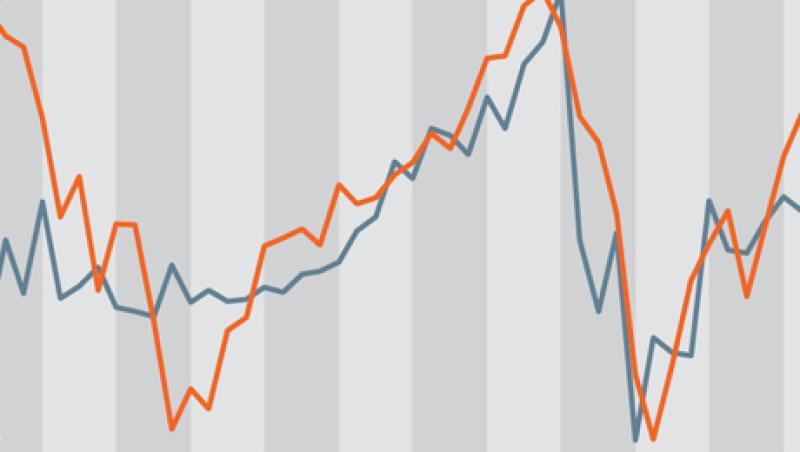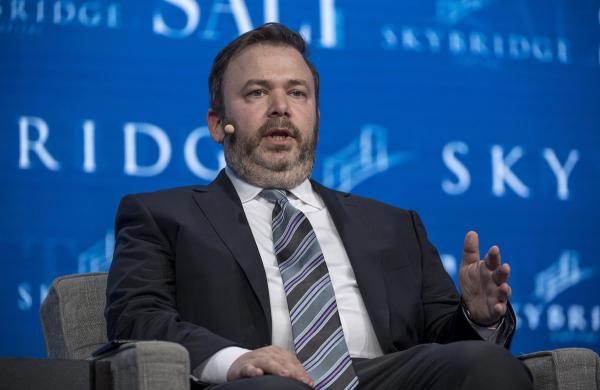Online site ETFdb.com (short for ETF Database) did some number crunching the other day and found that over the last year, some of the best products for consistent 52-week performance were four double- or triple-leveraged ETFs and one triple-leveraged ETN, or exchange-traded note.
The reason that is so startling is that such high-powered leveraged products, which are rebalanced daily, are meant for short-term traders. Going back as far as 2009, there have been repeated warnings from the SEC and the Financial Industry Regulatory Authority (FINRA) about the risks of leveraged ETFs for buy-and-hold investors. Hold them for longer than a day in a volatile market, and due to a highly complex compounding factor, an open position in a leveraged ETF can “flip” and go off in the wrong direction, with an investor’s position in the ETF losing money even when its underlying index is up, or vice versa, in the case of inverse leveraged ETFs.
As recently as this August, the SEC and FINRA once again warned: “Most leveraged and inverse ETFs ‘reset’ daily, meaning that they are designed to achieve their stated objectives on a daily basis. Their performance over longer periods of time — over weeks or months or years — can differ significantly from the performance [or inverse of the performance] of their underlying index or benchmark during the same period of time. This effect can be magnified in volatile markets.”
But for this small group of leveraged products, volatility was low, and therefore, the fates were in their favor.
ETFdb’s list is led by an ETF from Direxion of Boston: Daily Retail Bull 3x Shares (RETL), which tracks the Russell 1000 Retail index, up 110 percent. That’s followed by two from ProShares of Bethesda, Maryland: Ultra Nasdaq Biotechnology (BIB), which tracks the Nasdaq Biotechnology index, up 102 percent, and Ultra Pro QQQ (TQQQ), which tracks the Nasdaq-100 index, up 87 percent.
Another ETF from Direxion is fourth in this subset: The Daily Technology Bull 3x Shares (TECL), based on the Technology Select Sector index, up 83 percent. The fifth is an ETN from Barclay’s iPath: The Long Extended S&P 500 TR Index ETN (SFLA), which tracks the S&P 500 index, up 71 percent.
Does that mean it’s smart to buy and hold these particular ETFs? The answer from the analysts is a resounding “no.”
“Don’t get caught up in all of the glitz and blinking lights,” says Paul Justice, the director of passive fund research at Morningstar in Chicago. “Certainly, some of these put up astronomical returns from time to time,” he concedes but adds, “I know some people who hit it big on a slot machine, too.”
The problem lies not just in predicting the direction of the market or of a particular sector but “how violent the moves will be to reach that destination, and by all practical measures, that’s impossible,” he says.
“Volatility kills,” says Dave Nadig, the director of research at IndexUniverse in San Francisco. “Long term, you need to be very cautious going into any of these products,” says Nadig. “The issuers themselves will tell you they’re intended as short-term vehicles,” he notes. He adds that a lawsuit against ProShares by investors claiming they hadn’t been adequately informed of the risks has just been thrown out of court by a judge who said the registration statements “stated in plain English” that the ETFs’ objectives were daily only, and that their performance could “diverge significantly” from their underlying indexes if held for longer than a day.
Of course, compounding can also work in an investor’s favor, Nadig notes. Sometimes, if volatility is low, and the index is going up in a straight line, an ETF investor can actually get more than two or three times the index because with compounding, more money is being put to work. For instance, with Direxion’s retail ETF, RETL, the underlying index was up 34.51 percent, and therefore, the triple-leveraged ETF should have returned 103.53 percent, but it did slightly better, at 109.73 percent as of September 11, he said. “But the only way to make sure you get exactly three times the Russell retail index is to rebalance every single day,” he says.
Andy O’Rourke, the chief marketing officer at Direxion in Boston, says the firm doesn’t pay much attention to reports about long-term performance, and “the main reason is that people don’t hold them for extended periods; the people who use these funds are active traders.” And, he adds, “You certainly wouldn’t look to us to recommend that people hold them for that extended period of time.”






